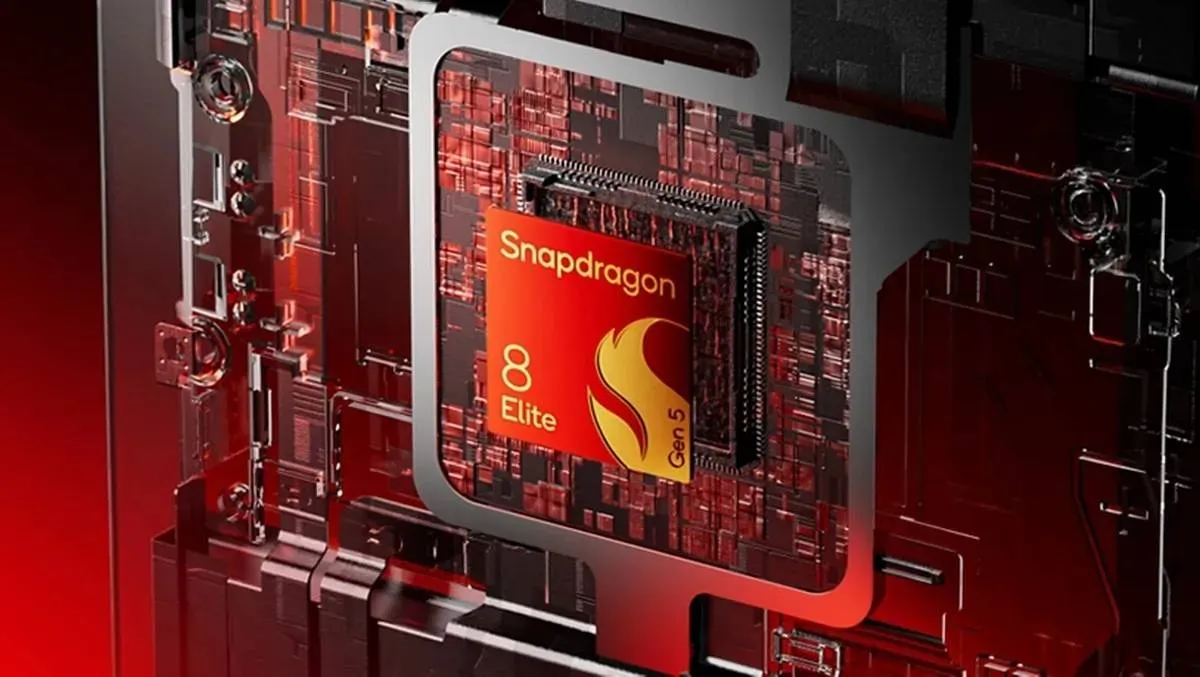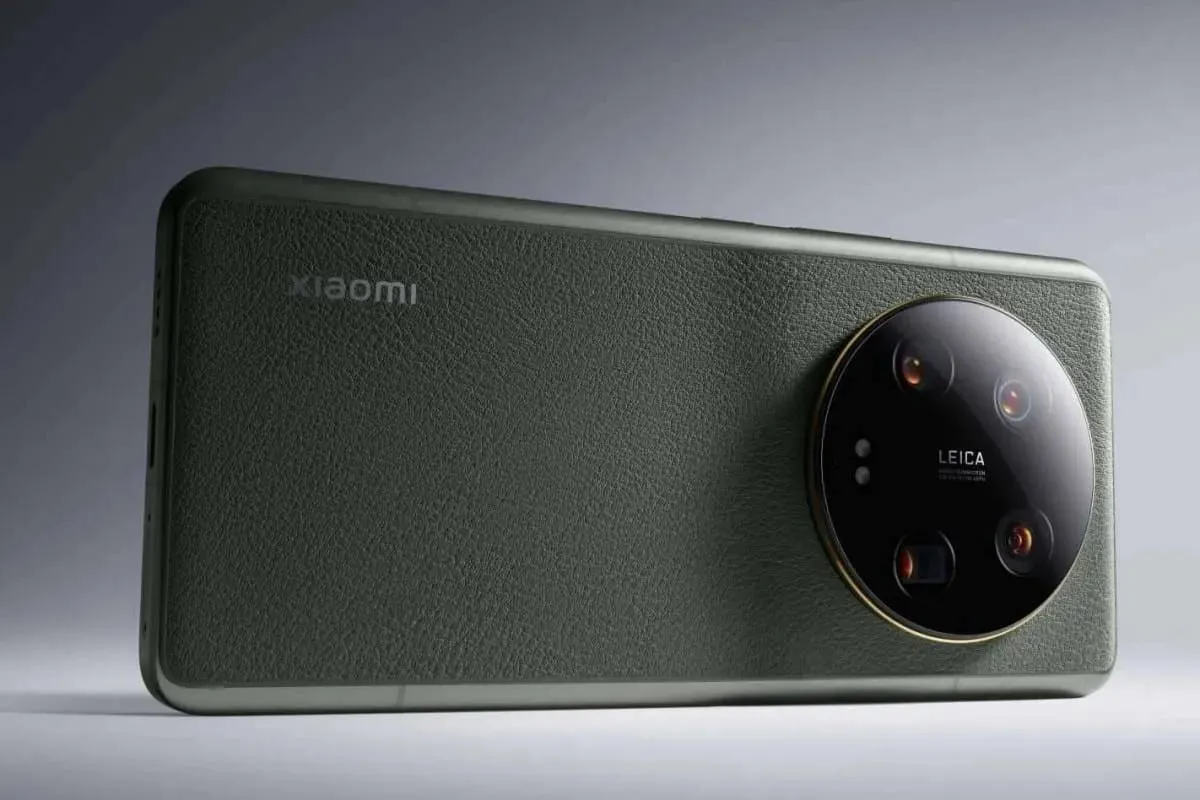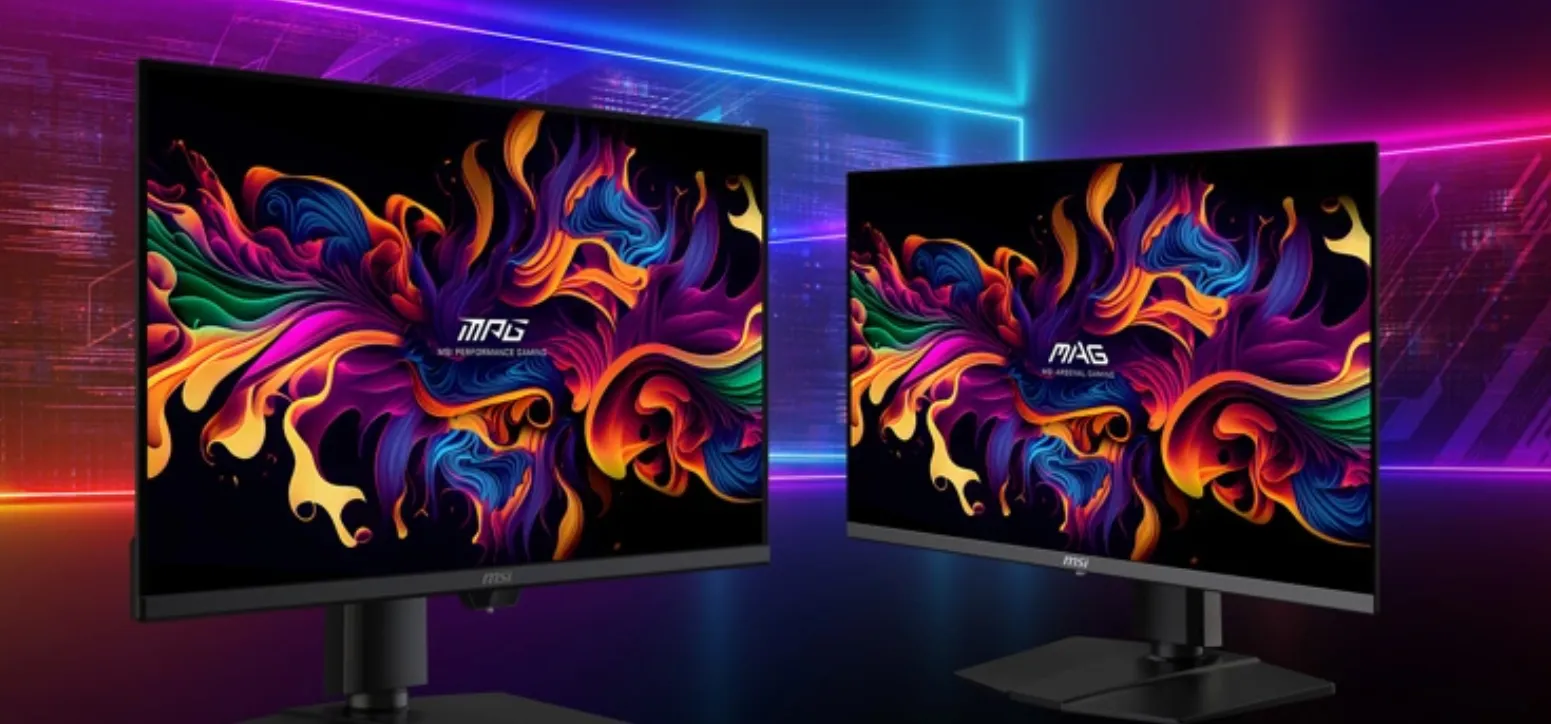
Yesterday Samsung announced that it had added Heterogeneous Multi-Processing to the Exynos 5 Octa for true 8-core support, today Meizu have announced the same for the MX3
The Samsung Exynos 5 Octa might be the first octa-core processor to be seen in smartphones and tablets, but as it is it doesn’t support use of all 8 cores simultaneously. Yesterday though, the Korean Android giant announce Heterogeneous Multi-Processing (HMP) which will allow the Exynos 5 Octa to run all 8-cores at once!
Although Samsung didn’t make it clear if this was a hardware or software update, today’s announcement from Meizu suggests that it will come in the form of a kernel/driver change that would make its way on to all 8-core Meizu MX3 phones.
Recent benchmarks of the MX3 showed the phone is capable of around 29,000 points on Antutu, this update could break the 30,000 point mark, but will it come at the price of battery performance?
[ Meizu ]
Popular News
Latest News
Loading




